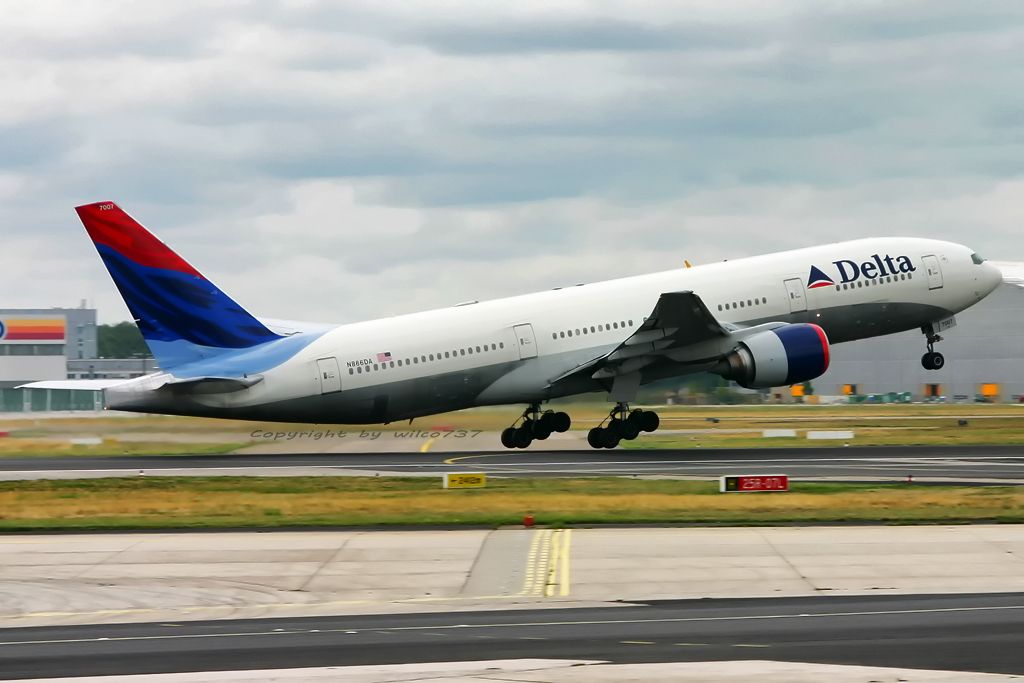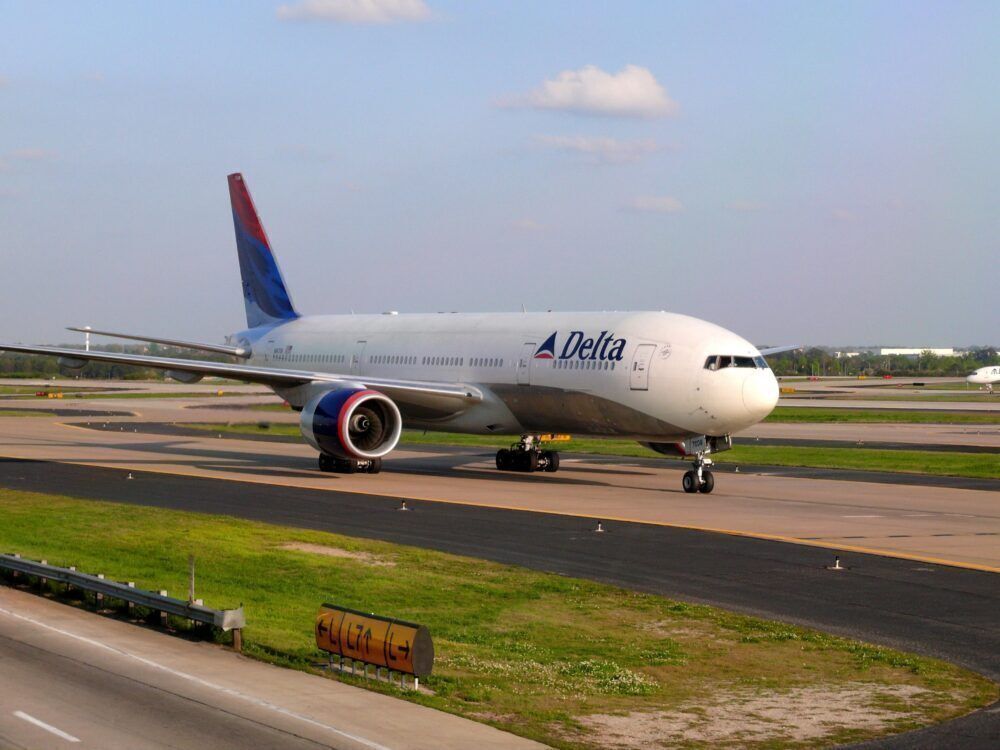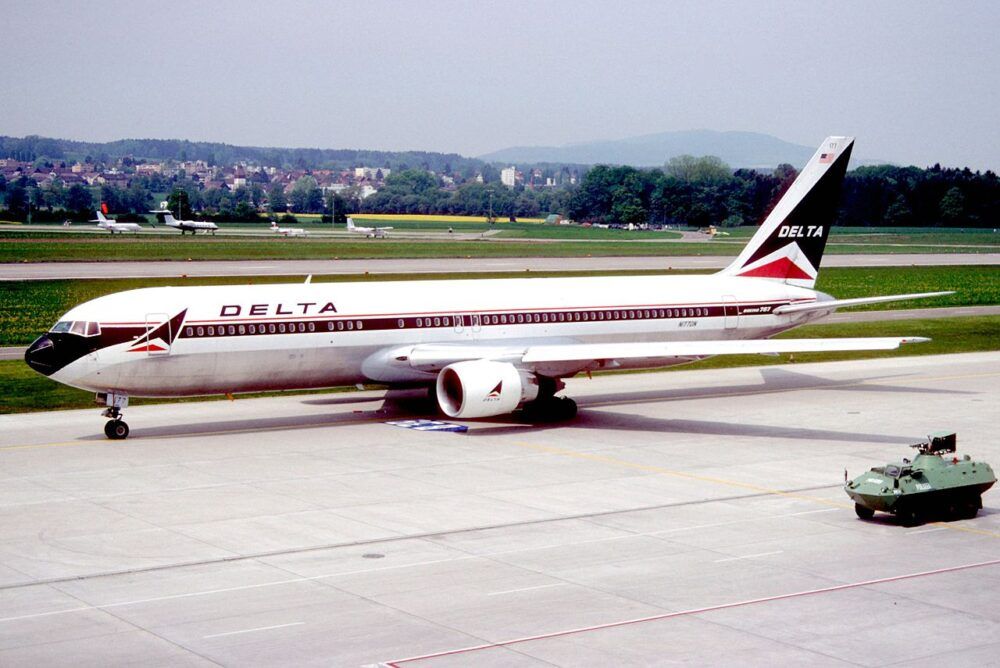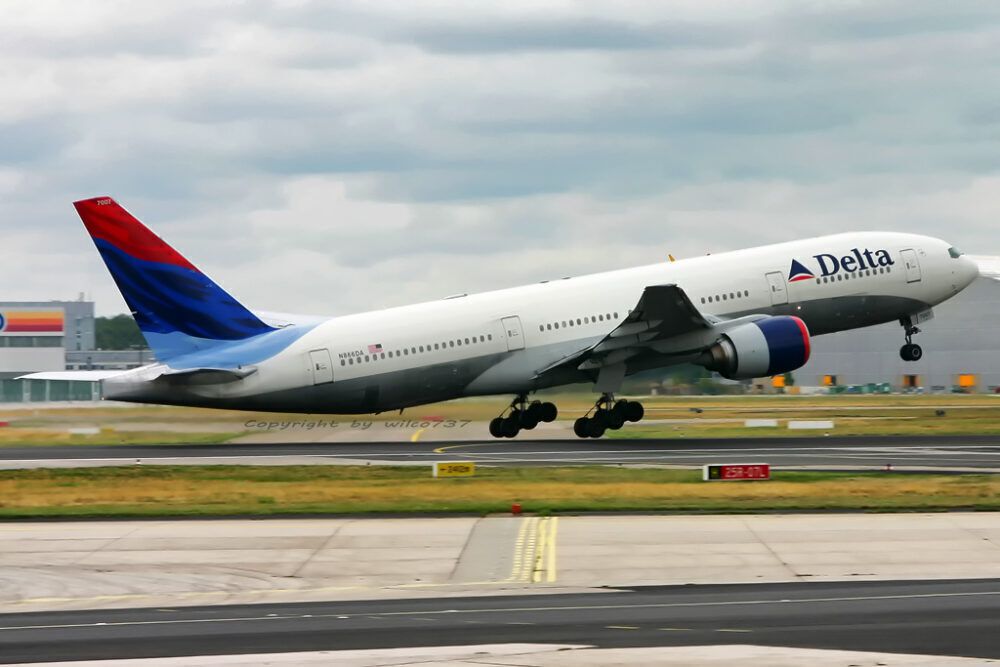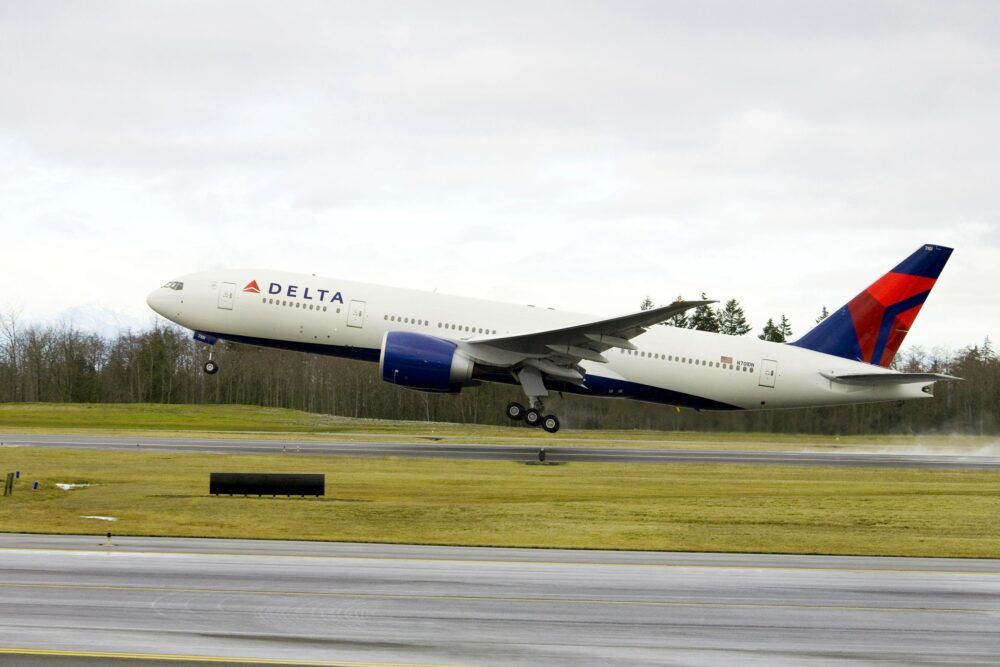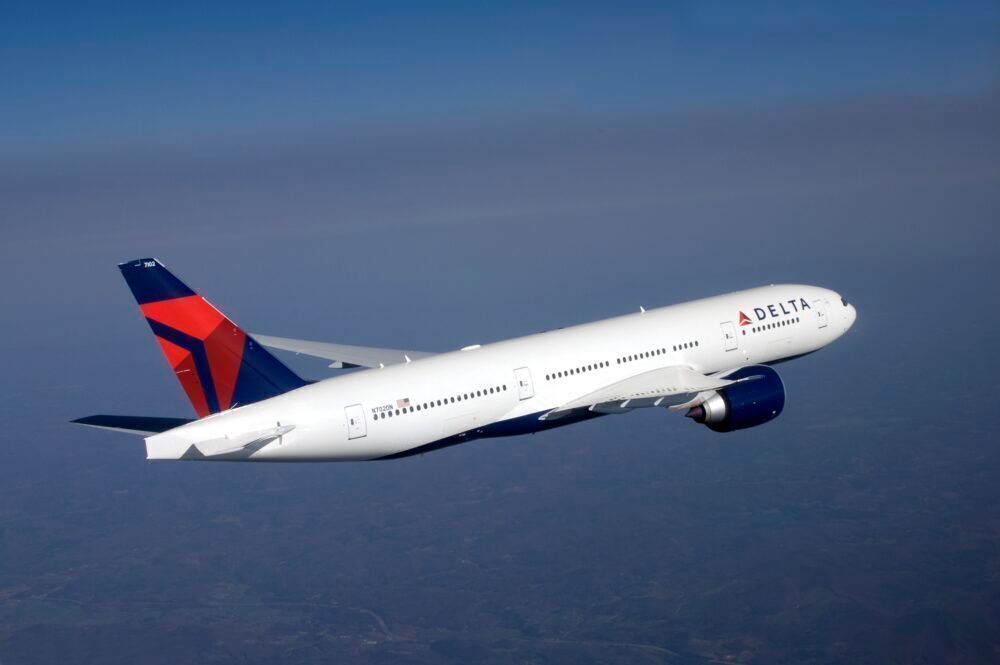Delta's first Boeing 777 aircraft arrived just before the turn of the millennium as part of a $1.4 billion ($2.2 billion today) deal for 13 units. The airline would go on to fly 18 units of the type until last year, but why did the company take it on in the first place? Let's take a look.
Long-haul mastery
For decades, Delta had operated its Lockheed L-1011 aircraft on several long-haul routes. The first unit arrived all the way back in April 1972, and the Atlanta-based carrier flew 70 units of the type and even flew 65 of them in the same period.
Delta deployed the plane well, with it heading to several important transatlantic spots such as London, Frankfurt, Dublin, Stuttgart, Shannon, and Hamburg. The plane was also seen across the Pacific at the likes of Tokyo, Seoul, Bangkok, and Taipei.
However, heading into the new century, it was time for a change. Delta had decided it was time to replace these trijets with more modern solutions. The airline had already held the tried and tested Boeing 767 and did well to expand with the plane. Yet, there was another superstar emerging in the form of the 777.
The 777 was only introduced in 1995, entering service with United Airlines. Interestingly, Delta also had a part to play in the development.
It joined United, along with All Nippon Airways, British Airways, Cathay Pacific, Japan Airlines, Qantas, and American Airlines, to offer its thoughts during the design phase. Overall, with the plane being designed for long-haul routes and business travel, Delta took it on to replace the aging L-1011.
Stay informed: Sign up for our daily and weekly aviation news digests.
So it begins
According to the Delta Flight Museum, the first 777-232 arrived at Delta's facilities in Atlanta on March 23rd, 1999. The airline noted that Ship 7001 was the first 777 equipped with the carrier's new BusinessElite cabin that had 52 premium seats.
The company also highlighted its first intercontinental business class with five feet of space between the sleepers and the unique 2-2-2 configuration in the premium cabin with no middle seats.
Moreover, Delta was excited about the personal IFE in the main cabin, along with adjustable footrests, headrests, and lumbar supports for the 225 passengers in this section. Technological features included advanced satellite communications, predictive wind shear, collision avoidance systems, and GPS. The plane also had an enhanced ground proximity warning system.
The right fit
Former Delta Air Lines Leo F. Mullin shared the following about the arrival, as per a statement in 1999.
“Delta's 777 is more than a new flagship for our fleet. IT symbolizes our commitment to excellence, to leadership in the industry, and to becoming the very best airline in the eyes of our customers.”
Stay informed: Sign up for our daily and weekly aviation news digests.
Delta’s teams were also fans of the ease of transition for its crews to fly the new plane. For instance, 767 pilots just need 11 days of additional training to operate the 777.
Fred Sandow, who was the 777 program manager at the time, added:
"One reason the 777 is such a good match for Delta is the flexibility of this airplane. As a member of the family, the 777 shares the same flight deck, airframe, systems, sares and ground equipment as other Boeing aircraft in our fleet. That reduces the cost of training, operations and maintenance.”
After the first 777 arrived, Ship 7002 joined just six days later. Thus, Delta was ready to hit the skies with its new widebodies that spring. The pair entered service on the same day - May 1st, 1999. Notably, 7001 headed across the Atlantic to London Gatwick from Atlanta. Operations then extended to London and Frankfurt from Cincinnati and Atlanta, respectively.
Early developments
Despite the strong start, in the summer of 1999, Delta shared that it would delay further deliveries of the type amid ongoing pilot contract negotiations. There were talks regarding pay rates and work rules related to the plane. 777 service was even suspended on November 1st until after the labor contract agreement was ratified. The aircraft returned to the skies on December 1st and was soon joined by five additional units that month.
With consistency now in place, Delta subsequently retired its last L-1011 in July 2001, marking the end of nearly three decades of activity. Delta showed its faith in its new vessel amid the arrival of the long-range 777-200LR, which was dubbed as the “world's longest-range commercial airplane.”
The airline first took delivery of the 9,395 NM (17,370 km) range plane, nicknamed "The Delta Spirit," in February 2008. With the ability to carry 15 crew members and 276 passengers across the continents with ease, Delta was excited to introduce the plane to the likes of Johannesburg and Sydney. With this plane, Delta held 44 fully horizontal sleepers in BusinessElite. These beds measured up to 1.95 m in length.
An early goodbye
The airline took on 10 -200LRs between 2008 and 2010 and already held eight -200ERs. It even spent $100 million retrofitting all the planes to feature Delta One Suite all-suite business class and Premium Select international economy class.
Despite these investments and the new configurations only debuting a couple of years prior, the firm announced the retirement of all units of the type in May 2020. The company said that this move was due to strategic, cost-effective changes amid the pandemic. It added that the transition would help it be well-positioned for recovery.
Nonetheless, Delta recognizes the positive impact that aircraft has had on its operations for over two decades. It concludes that the 777 opened up new direct, ultra-long-haul opportunities that only the type could fly at the time.
What are your thoughts about the Boeing 777 and its operations with Delta Air Lines? Did you ever fly on the aircraft with the airline during its tenure? Let us know what you think of the plane in the comment section.

